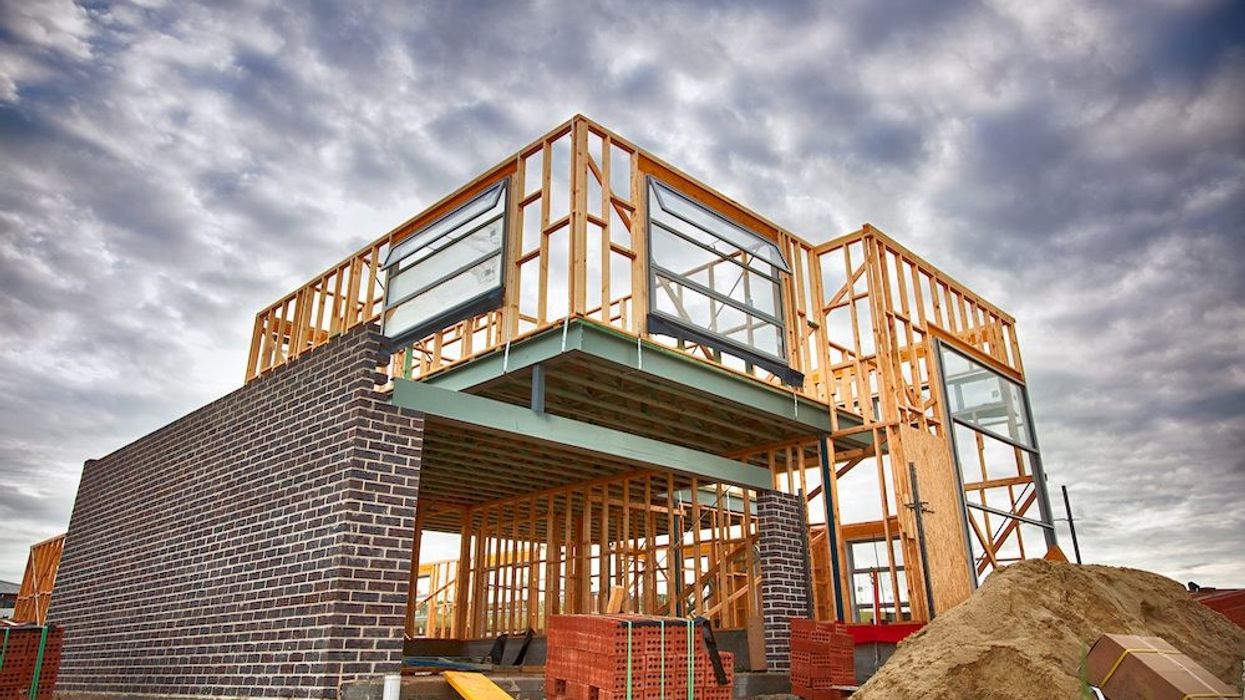The federal government is not unlike the operator of heavy equipment: even a small move can cause unintended damage or disruption. That is why Ottawa’s decision to use this budget to address the fact that home prices have doubled since they took power in 2015, is bold -- and just a little bit scary.
As anticipated, Canada’s new federal budget has made the national housing supply crisis a centrepiece of spending and policy plans. It allocates $10B over the next five years to spur the construction of new homes, including co-op and low-income housing. It also bans non-Canadians from investing in Canadian real estate for two years.
It is boldly tackling this complex and evolving issue at a time when borrowing costs are rising and commodity prices -- buffeted by such factors as geopolitical conflict, COVID-related supply chain disruption, and climate change -- are also climbing. Even without the widespread shortage of skilled trades and labour, the cost of building homes is likely to increase steadily.
The Rising Costs of Building
The cost of steel, rebar, glass, mechanical and electrical components are expected to rise at least 10% over 2022. Although lumber prices are coming off the 60% gain they posted in 2021, the decline is only expected to be about 15%. And another flood, like the one in B.C. last year, could easily upend that forecast.
It is also worth noting the extent to which building materials are reliant on global supply chains that have proven to be fragile in the face of everything from tension with China to war in the Ukraine to shipping capacity. Lumber producers are reducing production, for example, because there is insufficient rail capacity and there is nowhere left to store the goods.
It certainly raises the question how the feds will accelerate the construction of 100,000 new homes with the $4B earmarked for the purpose.
Then there is the reality that the cost of borrowing – and financing a house – is on the rise as well. The Bank of Canada has clearly flagged that there will be another 50-basis point interest rate hike in April. This is something that will inevitably have a bearing on housing demand.
READ: As Fixed Mortgages Hit 4%, Fewer Buyers Can Afford to Lock In
To be fair, the federal Liberals – and their political partners in the NDP - are not alone in politicizing Canada’s housing supply crunch. This budget is consistent with recent pre-election initiatives in Ontario, where the Ford government has tabled the More Homes for Everyone Act, with a view to speeding the approval of new home construction.
Fed Pledge to Build Mirrors Ontario’s Move
The Ontario legislation follows on the heels of the recommendations of the Housing Affordability Task Force, which set a target of building 1.5M new homes over the next decade, nearly doubling the current rate of construction.
READ: New Task Force Proposal Will Open Up the Yellow Belt… And It’s About Time
Given the political expediency of blaming outsiders for soaring domestic housing prices, the Liberals used the budget to pluck a plump piece of low-hanging fruit: foreign investors. Non-residents are now blocked from owning a residential or recreational property for the next two years.
According to data from our partners at Baker Real Estate, the leading pre-construction condominium marketer in Canada, foreign buyers represented less than 5% of its more than 5,000 sales in 2020. Add to that a 2021 study from CMHC that concluded “the share of non-resident ownership in condominium apartments remains low and stable.” They ranged from 2.6% of the market in Toronto to 1.3% in Vancouver and 1.8% in Montreal.
Granted, even small numbers can have a big impact when supply is tight. But these buyers have historically played a critical role in Canada’s domestic housing ecosystem by purchasing units that become part of the urban rental housing stock. In the process, they not only accept risk, but their investments often ensure that condo developers meet the pre-construction sales requirements -- often around 75% of total units -- set by their financers.
Furthermore, as the impact of rising interest rates starts to affect demand, removing non-Canadian investors from the mix at this point, may well cause problems for developers -- who are also major employers and economic drivers in their communities.
At a time when rental markets are tight, blocking out those who are embedded on the supply side, may prove to be disruptive to both developers and renters. More given the projected increase in the number of pending immigrants to Canada, many of whom settle in urban areas where jobs -- and condo rentals -- are most abundant.
Governments and politicians are known for their penchant for providing answers. It remains to be seen whether this budget -- and other measures -- have the question right.





















